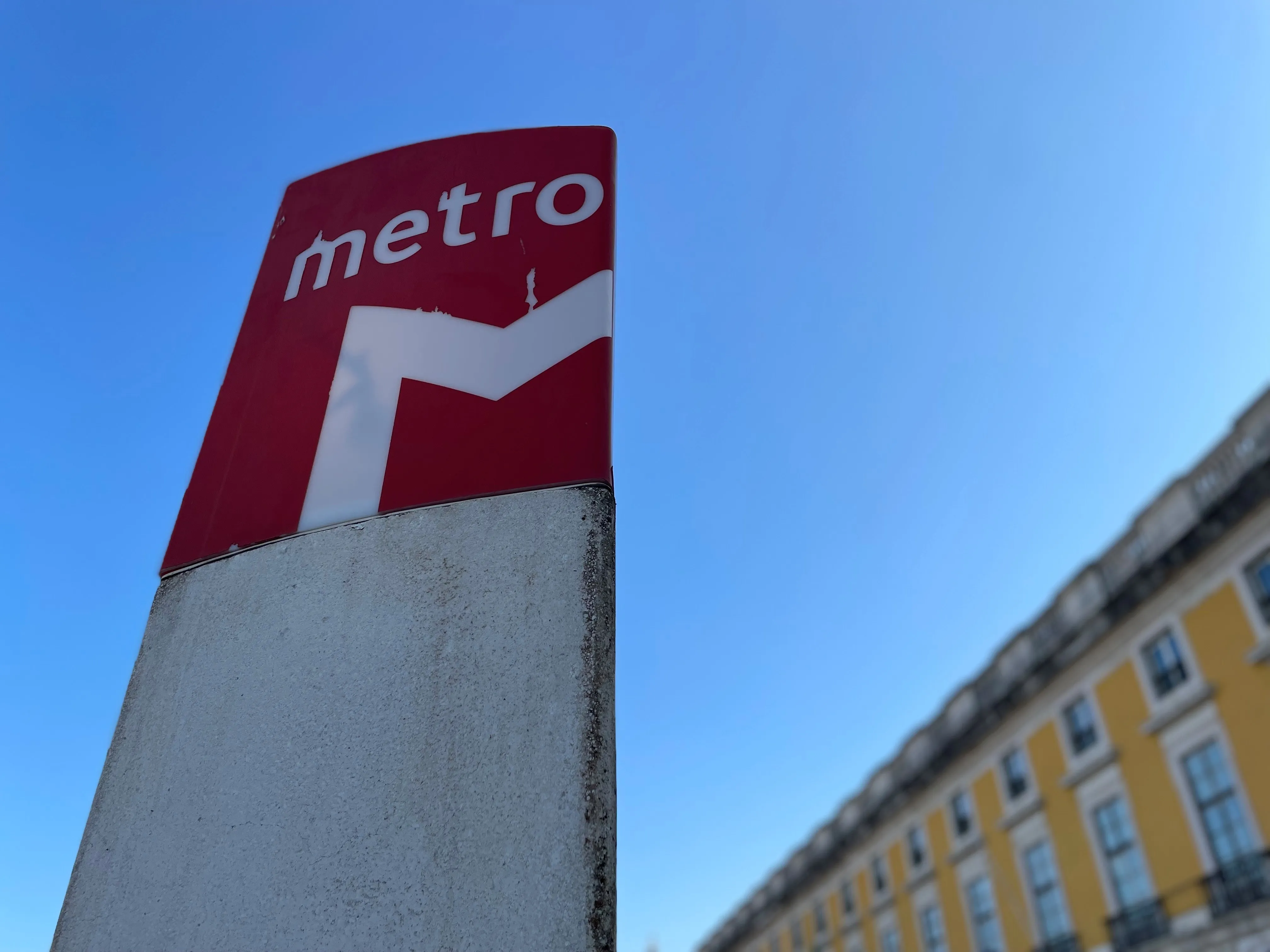
Horizon Europe’s project Upper, which seeks to make public transport a central part of sustainable mobility, has a new partner in the PTV Group.
Upper (Unleashing the Potential of Public transport in EuRope), which launched in January 2023, consists of 80 measures in 10 cities and regions designed to inspire people to switch to public transport across Europe. The overall goal is to increase public transport usage to more than 30%.
PTV’s transport planning technology has been incorporated into U-Sim, part of the Upper toolkit for implementing these measures. This solution is based on both PTV’s desktop and real-time traffic management software.
PTV transport planning technology is incorporated with U-Sim. U-Sim.plan is based on the traffic planning solution PTV Visum, a software system for traffic planning, transport demand modeling, and network data management that is already in use in eight of the project cities.
Designed for multimodal analyses, the tool integrates relevant modes of transport, such as trains, trams, buses, pedestrians, cyclists, cars, and trucks into a uniform network model. This provides the standard to model and simulate transport networks and transport demand, which helps planners develop long-term transport strategies and solutions.
PTV Optima, already used by some of the partner cities, is incorporated into U-Sim.live, a suite of tools allowing mobility control centre operators to orchestrate city mobility in real time.
Its network model starts from a standard digital twin and keeps it constantly updated with live data from its connectors to live data feeds, from different mobility data sources. This will help public transport operators and agencies make better operational decisions as they manage private and public mobility.
Project participants are working with 10 cities and regions: Valencia, Rome, Versailles Grand Parc - Île de France, Oslo, Mannheim, Lisbon, Leuven, Budapest, Thessaloniki and Hanover.









